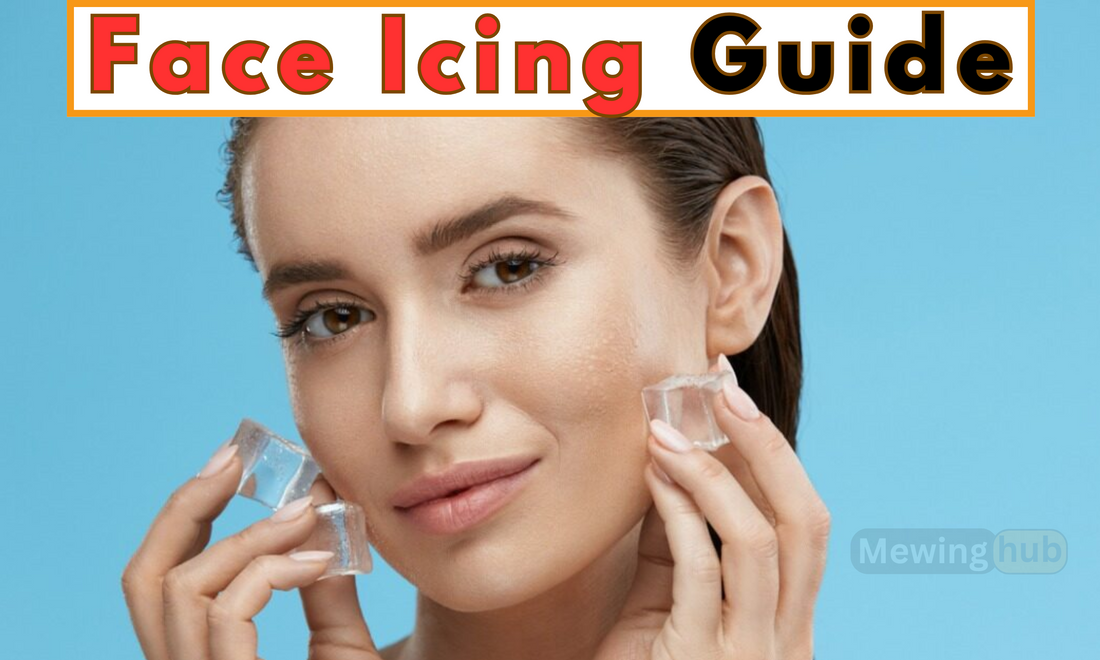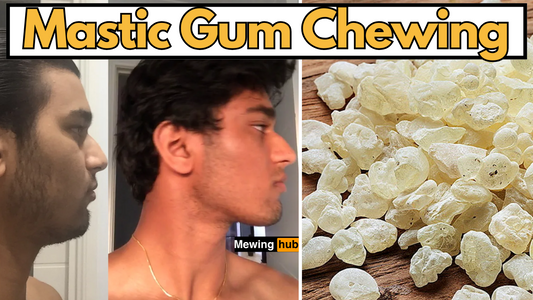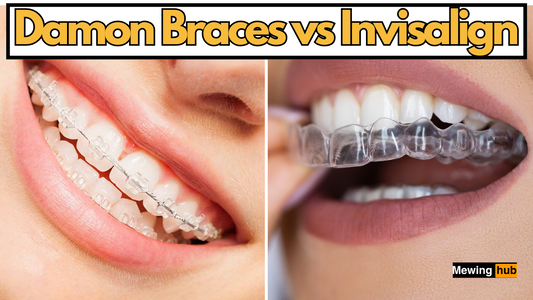Face Icing: Benefits, Techniques, and How to Use Ice for a Glowing Complexion

Partager
What Does Icing Your Face Do?
Icing your face offers numerous benefits for the skin. It works by constricting blood vessels, which reduces puffiness and swelling while promoting a brighter, more even complexion. The cold temperature also helps tighten pores and enhances the skin’s firmness, giving a refreshed and rejuvenated appearance.
Other benefits include:
- Boosting blood circulation: As the skin warms up after icing, increased blood flow brings essential nutrients to the surface, contributing to a natural glow.
- Soothing irritation: Ice can calm redness and inflammation, making it ideal for sensitive or irritated skin.
What Does Icing Your Face Help With?

Face icing can address a variety of skin concerns, including:
- Reducing Puffiness: Especially effective for morning puffiness, ice therapy can minimize swelling around the eyes and face.
- Enhancing Product Absorption: Icing can prep the skin, helping serums and moisturizers penetrate deeper.
- Improving Skin Texture: Regular use tightens the skin, smooths uneven patches, and shrinks enlarged pores.
- Calming Inflammation: It helps soothe conditions like rosacea, eczema, and sunburn.
Can I Use Ice on My Face Every Day?
Yes, you can use ice on your face daily, but it’s essential to do so correctly to avoid potential irritation or damage. Follow these tips for safe daily use:
- Wrap the Ice: Always use a clean cloth or plastic wrap to avoid direct contact, which can damage the skin.
- Limit Time: Keep the application to 1-2 minutes per area to prevent frostbite or excessive redness.
- Hydrate Your Skin: Moisturize immediately after icing to lock in hydration and prevent dryness.
While daily use can offer cumulative benefits, monitor your skin for any signs of sensitivity or irritation and adjust accordingly.
Does Icing Reduce Face Fat?
No, icing your face does not reduce face fat. While it can temporarily tighten the skin and reduce puffiness, giving the illusion of a slimmer face, it does not burn fat or alter the structure of facial tissues.
To effectively reduce face fat, a combination of overall weight loss, proper hydration, and facial exercises is necessary. However, incorporating icing into your routine can enhance the toned appearance of your face by minimizing swelling and enhancing contours.
Is Icing Your Face Good for Acne?

Yes, icing can be beneficial for acne, particularly for reducing inflammation and redness associated with active breakouts. The cooling effect of ice can shrink blood vessels and reduce swelling, which makes pimples appear less noticeable.
Other acne-related benefits include:
- Pain Relief: Icing can numb painful cystic acne.
- Calming Irritation: It reduces redness and sensitivity around inflamed areas.
- Minimizing Scarring: Regular use may help prevent post-inflammatory hyperpigmentation by reducing the severity of breakouts.
While face icing can support acne treatment, it’s not a standalone solution. Combine it with a dermatologist-recommended skincare routine for best results.
Are Ice Masks Good for Your Face?
Ice masks, designed to deliver the benefits of face icing in a convenient form, are a fantastic addition to any skincare routine. These reusable masks are typically filled with gel or beads that retain cold temperatures and can be used to target specific areas like the eyes or the entire face.
Benefits of ice masks include:
- Convenience: Easy to use and mess-free compared to traditional ice cubes.
- Even Cooling: Provides uniform cooling to the entire face for consistent results.
- Customizable: Some masks are infused with ingredients like aloe vera or lavender for added benefits.
To maximize the effects of an ice mask, follow the manufacturer’s instructions and use it after cleansing and before applying skincare products.
How to Ice Your Face: A Step-by-Step Guide

- Cleanse Your Face: Start with clean skin to ensure dirt and oil don’t get trapped.
- Wrap the Ice: Use a thin cloth or place ice in a zip-lock bag to prevent direct contact with the skin.
- Apply Gently: Massage the ice in circular motions over your face, focusing on areas like the under-eyes, cheeks, and jawline.
- Limit Time: Keep icing sessions to 5-10 minutes.
- Follow Up: Apply a hydrating moisturizer or serum to seal in the benefits.
Additional Benefits of Face Icing
Reduces Signs of Aging
Icing may slow down the appearance of fine lines and wrinkles by improving blood flow and tightening the skin.
Enhances Makeup Application
Many makeup artists recommend face icing as a pre-makeup step to minimize pores and create a smoother canvas for foundation.
Relieves Stress
The cooling sensation can have a calming effect, reducing stress and tension in facial muscles.
Potential Risks and Precautions
While face icing is generally safe, improper use can lead to:
- Frostbite or Burns: Prolonged direct contact with ice can damage the skin.
- Sensitivity Issues: People with rosacea or very sensitive skin should test a small area first.
Always listen to your skin and discontinue use if you experience excessive redness, burning, or discomfort.
Conclusion
Face icing is a versatile, affordable, and effective skincare technique that can address various concerns, from puffiness and acne to redness and irritation. While it won’t reduce face fat, it can enhance your complexion by improving circulation and tightening the skin. Ice masks offer a convenient way to enjoy these benefits regularly, and with proper precautions, daily face icing can become a valuable addition to your skincare routine.
Whether you’re prepping for a big day, battling breakouts, or just looking for a quick skin refresh, face icing has something to offer. Experiment with it and discover how this cool skincare hack can transform your skin!








